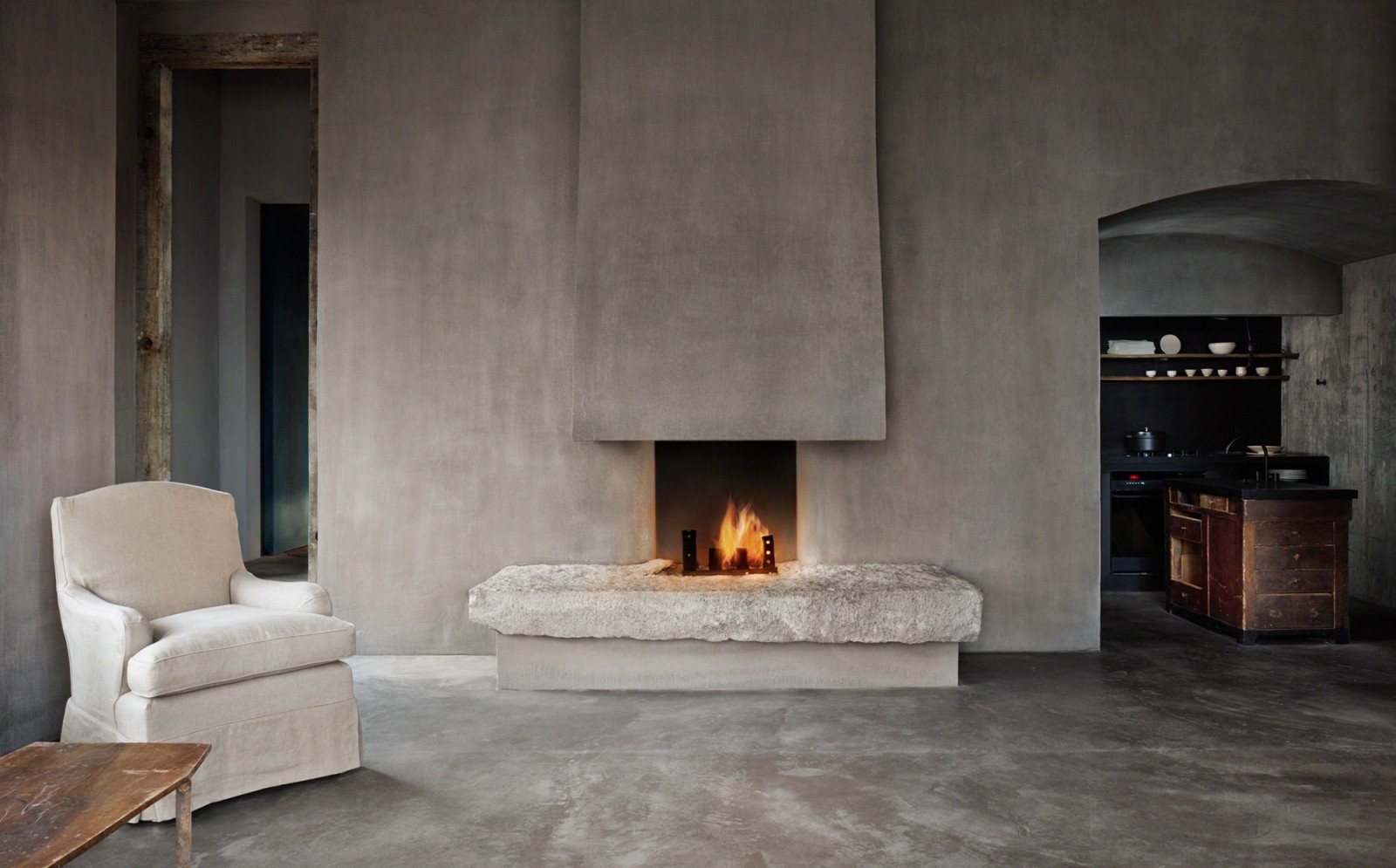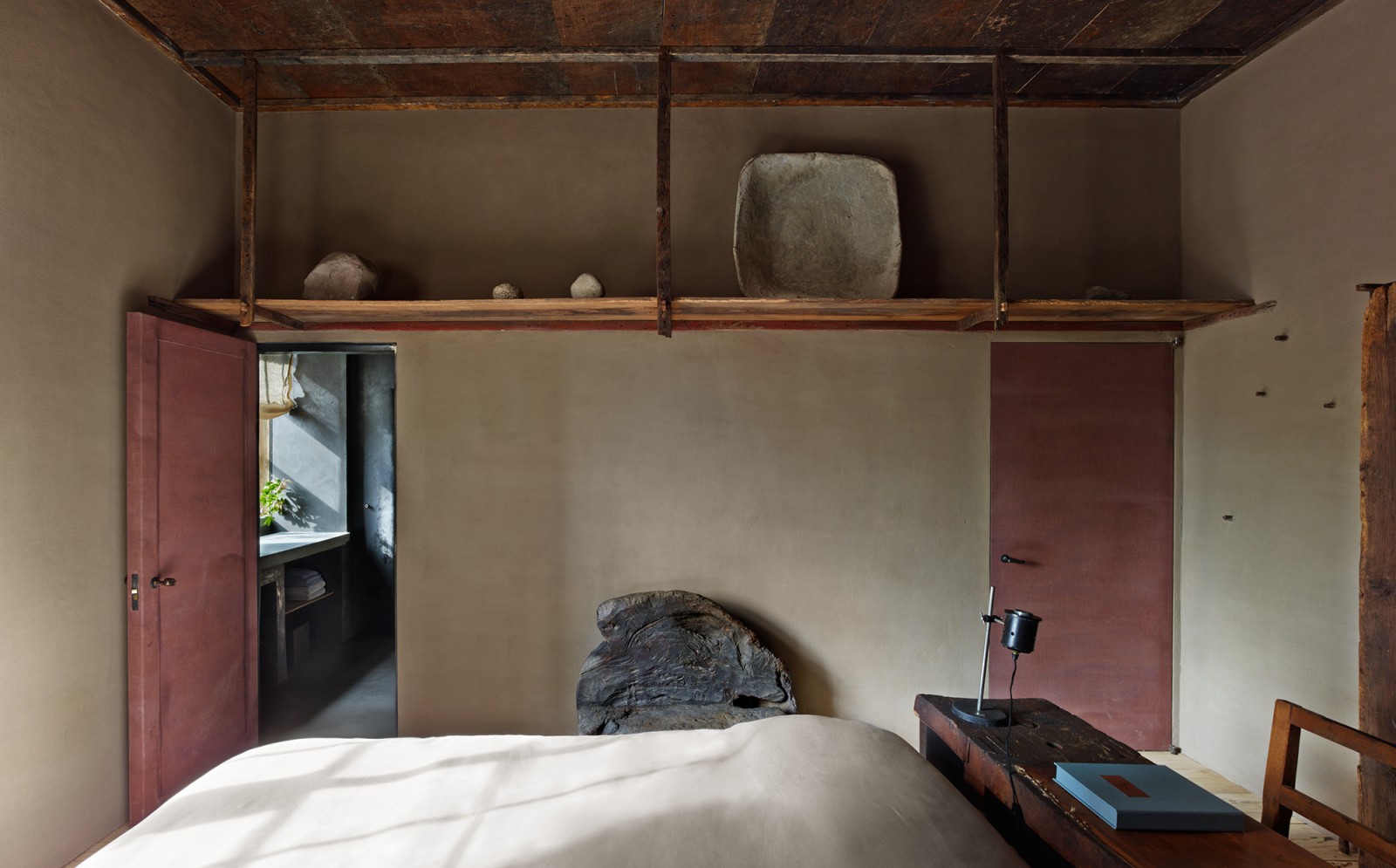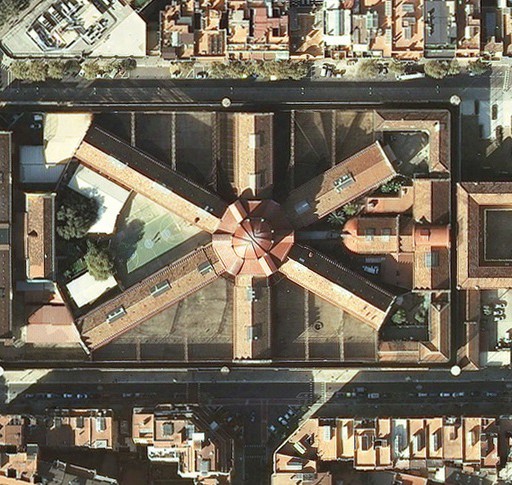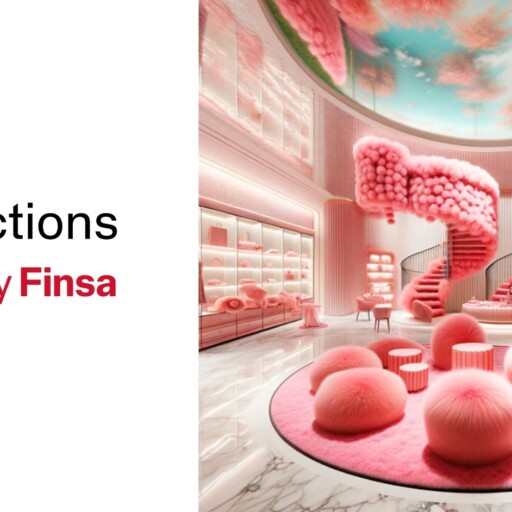Wabi Sabi is in fashion. This Eastern philosophy is now inspiring a new trend in decoration based on simplicity and natural materials, accepting the imperfections around us. But it is so much more than that.
Wabi Sabi nurtures everything that is authentic by acknowledging three simple realities: nothing lasts, nothing is finished, and nothing is perfect”. That is how Richard Powell, the author of Wabi Sabi Simple, summarises the essence of this philosophy to make it easy to understand for our Western minds. Since the term Wabi Sabi cannot be translated, it’s hard to explain, even for a Japanese person.
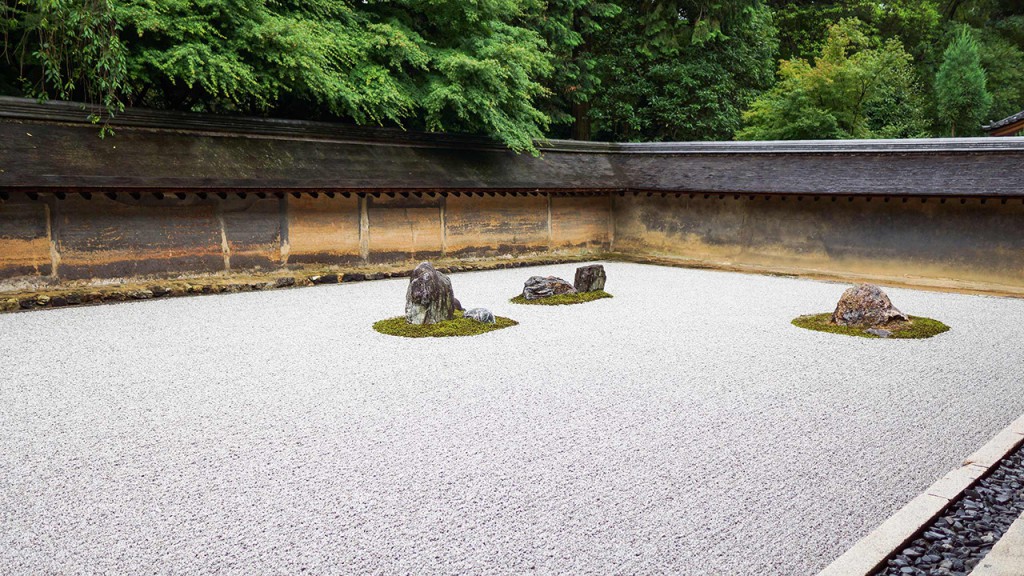
What is Wabi Sabi?
Its name comes from two hard-to-translate terms: “Wabi” (simplicity) and “Sabi” (the beauty or serenity that comes with age). Together they refer to the beauty of imperfection. The origin of this trend is found in Zen philosophy and is related to peacefully coming to terms with the passing of time, accepting life’s unforeseen events and imperfections, and savouring the happiness of simple moments.
For Leonard Koren, author of Wabi Sabi for artists, designers, poets, and philosophers, it is “the beauty of things imperfect, impermanent and incomplete”. This beauty of unconventional things is related to asymmetry, roughness, simplicity, and humility.

Podemos ver la influencia del Wabi Sabi en diferentes prácticas artísticas japonesas como el ikebana, los haiku, la alfarería, la jardinería o la ceremonia del té. Pero sobre todo en el kintsukuroi, el arte de recomponer objetos con materiales preciosos. La imperfección se resalta, en lugar de ocultarla, aumentando la belleza del original y dándole una nueva vida.
We can see the influence of Wabi Sabi in different Japanese artistic practices such as ikebana, haiku, pottery, gardening, and the tea ceremony. But above, all it can be seen in kintskuroi, the art of repairing things with precious materials. Imperfections stand out instead of being hidden, increasing the beauty of the original object and giving it new life.
Wabi Sabi makes us happier
Wabi Sabi can be applied to all aspects of life. If you pay attention you will find many examples all around you. Isn’t the recent trend of high-fashion brands taking a chance on models that aren’t so perfect an example of Wabi Sabi? Rebekah Marine’s bionic arm, Winnie Harlow’s vitiligo, and Ashley Graham’s weight are all part of their beauty and are the key to their success on the catwalk.
Going beyond physical imperfections, it can also be the key to a happier existence. Wanting to achieve perfection in our lives is an illusion and Wabi Sabi teaches us that there are things we can’t change. The idea of imperfection is not just part of life, but it is its essence, it helps us withstand failures and allow ourselves to make mistakes. That’s what psychologist Tomás Navarro champions in his book “Wabi Sabi, learning to accept imperfection”, saying that the application of the Wabi Sabi philosophy to our lives offers us “a more serene focus that allows us to accept life as it is, not as what we want it to be”. The motto of a Wabi sabi life would be “live in the moment”. Carpe Diem!
Wabi Sabi in decoration: nature and simplicity
It can be linked to slow design, the Scandanavian concept of hygge, minimalism, and mindfulness. But in reality Wabi Sabi is more complex than all of these because it comes from a philosophy about life. The key to incorporating it in your surroundings is to value simplicity and be inspired by nature, to reject the superfluous and the artificial, and to worship imperfection.
There is already a legion of interior designers who have made Wabi Sabi the guiding principle of their work. Among them, the Dutch designer Axel Vervoordt stands out. In his book Wabi Inspirations, he shows his sources of inspiration and interiors that have been shaped by this philosophy. One of them is the Hotel Greenwich, located in the elite New York neighbourhood of Tribeca. Completed in collaboration with Japanese architect Tatsuo Miki, it seeks to create a relaxing retreat above the hustle and bustle of the city.
Creating a Wabi Sabi interior in 6 steps
There are many ways to interpret this trend, but these are the six essential points to create a Wabi Sabi interior.
- Build with natural materials: Wabi Sabi is inspired by nature and is based on the use of raw materials: wood, linen, stone, ceramics etc. They maintain their irregularities and rustic quality and are used almost without being treated.
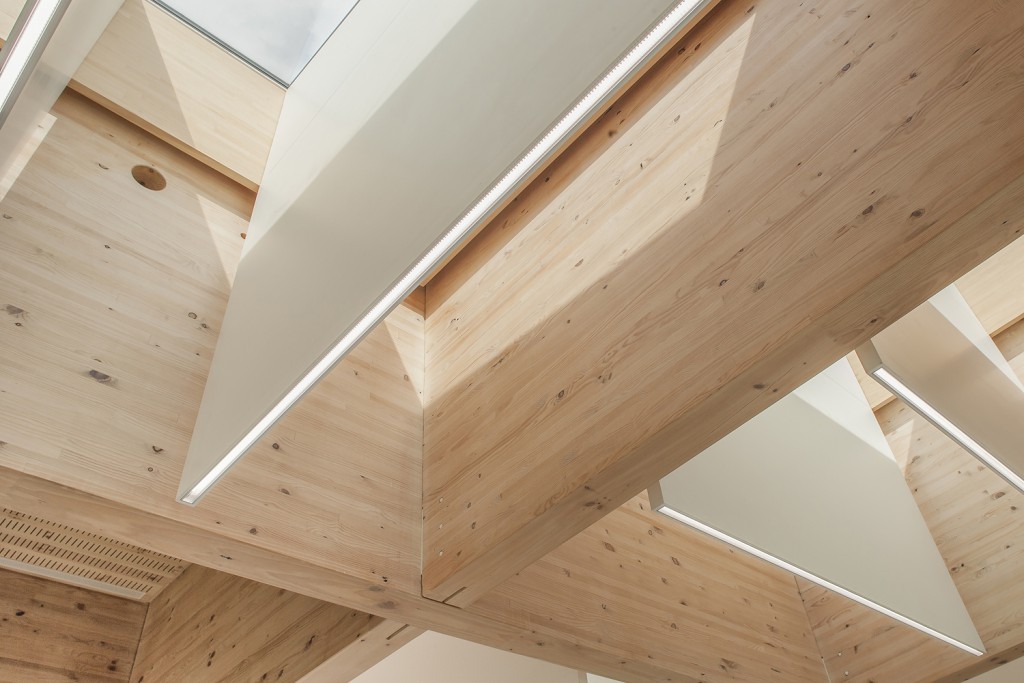
- Use simple and imperfect objects or objects that have been weather by time: it’s not about making artificially aged objects fashionable, but rather that your things age with you or reclaiming family heirlooms. Asymmetry and defects in their finishes are also welcome.
- Remove excess: forget about visual and accumulative emphasis. It’s not about “less is more” either. We should have only the necessary – no more, no less.
- Natural colours: natural tones come up again and again, those that are in harmony with the materials used and that remind us of nature, such as earthy tones, greys, and whites, without any stridency.
- The realm of textures: Wabi Sabi gets back the sense of touch through textures, which natural materials already have: knots in wood, grains in stone, weaves in textiles. Good news – wrinkles are also welcome as a part of imperfection! See you later iron!
- Decorative details: What for? They are part of the superfluous category. But if they do exist, they must be related to nature: branches in clay pots, shells, plants etc
This results in simple environments, without artifice, but that are also very warm thanks to the contribution of natural materials, textures, and objects with personality.
Are you game enough to try Wabi Sabi?


